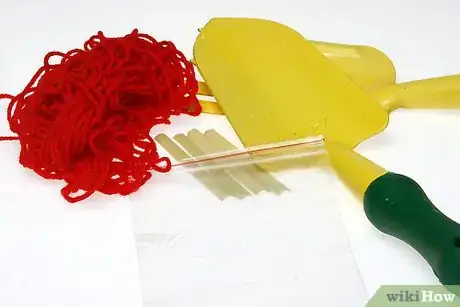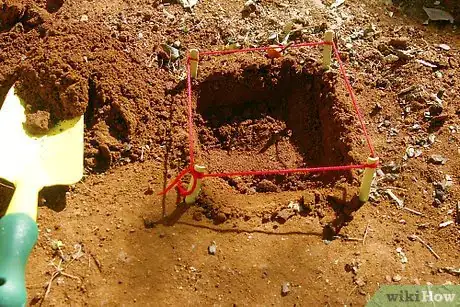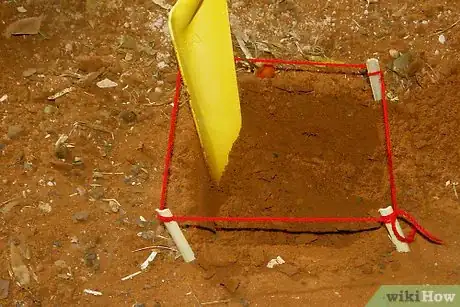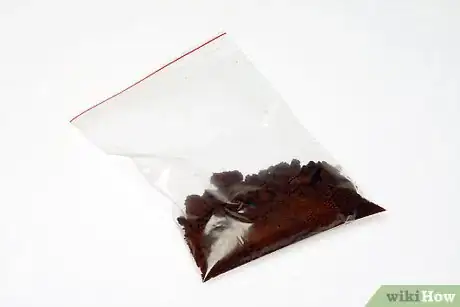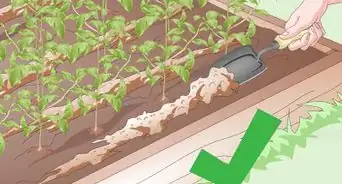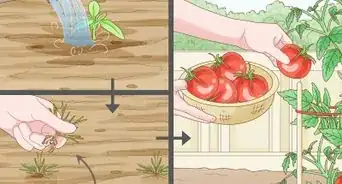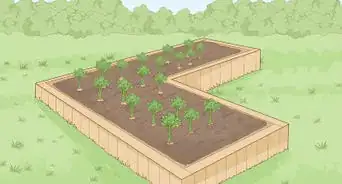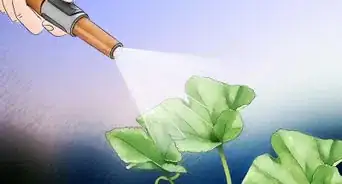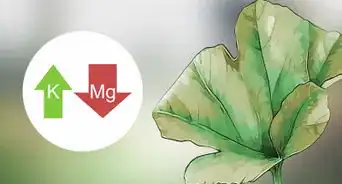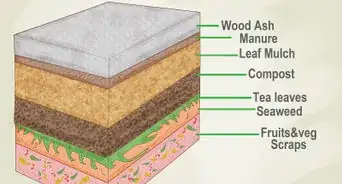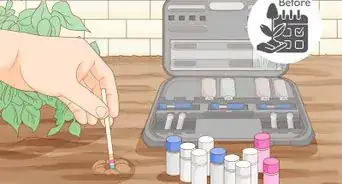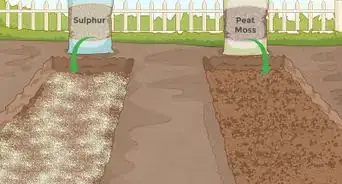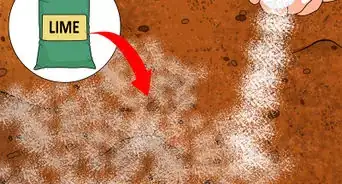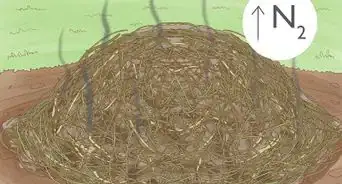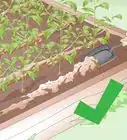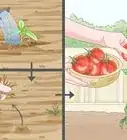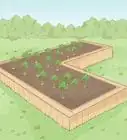X
wikiHow is a “wiki,” similar to Wikipedia, which means that many of our articles are co-written by multiple authors. To create this article, volunteer authors worked to edit and improve it over time.
This article has been viewed 48,634 times.
Learn more...
Gardening is a very popular hobby and becoming more popular with rising food prices and concerns about chemicals in foods. The best way to find out exactly what your garden soil needs to be most productive is to get a simple soil test.
Steps
-
1Obtain a soil sample bag or bags from a Department of Agriculture extension office. (Listed under US Government in the phone book.) It will contain directions and labeling instructions. Alternatively, purchase the bag from a commercial testing lab. The cost for either should be around $5.00 to $10.00.
-
2Get a shovel, a plastic bucket or container, and a garden trowel. Be sure each is clean of any contaminating chemicals or dirt.Advertisement
-
3Pick a typical spot six by six inches, remove any plants, scrape mulch and leaf litter from the soil surface. Dig out a shovel full of dirt about 6 to 8 inches (15.2 to 20.3 cm) deep, and set this shovelful aside.
-
4Use the trowel to scrape down one side of the hole digging out a half inch vertical section of soil, and place it in the bucket.
-
5Repeat steps 2 and 3 at least three times in different parts of the garden so that the soil sample represents your whole garden when mixed. If the plot is more than one quarter acre, you may want to divide it into sections and test each section separately. This is also necessary if different sections of the garden have different soil types. For example, if part is on an alluvial flood plain and part is on a slope.
-
6Remove anything that is not soil such as roots, worms, rocks. Then mix the soil together thoroughly.
-
7Fill the soil sample bag or container with the necessary amount of mixed soil, complete the paperwork, and mail it to the lab.
-
8Receive an analysis of the soil's pH, nutrient levels and other characteristics with recommendations for improving the soil for gardening.
Advertisement
Community Q&A
-
QuestionCan I take wet soil for my soil sample?
 NinoxTop AnswererYes, no problem. The water won't affect the results because the sample are diluted in water to be analyzed.
NinoxTop AnswererYes, no problem. The water won't affect the results because the sample are diluted in water to be analyzed.
Advertisement
Warnings
- Do not take the sample if fertilizer, lime, or other chemicals have been applied to the area over the last four months.⧼thumbs_response⧽
- Do not use a metal or galvanized bucket as it may contaminate the sample.⧼thumbs_response⧽
Advertisement
References
- website: "Gardens for Beginners"
About This Article
Advertisement
